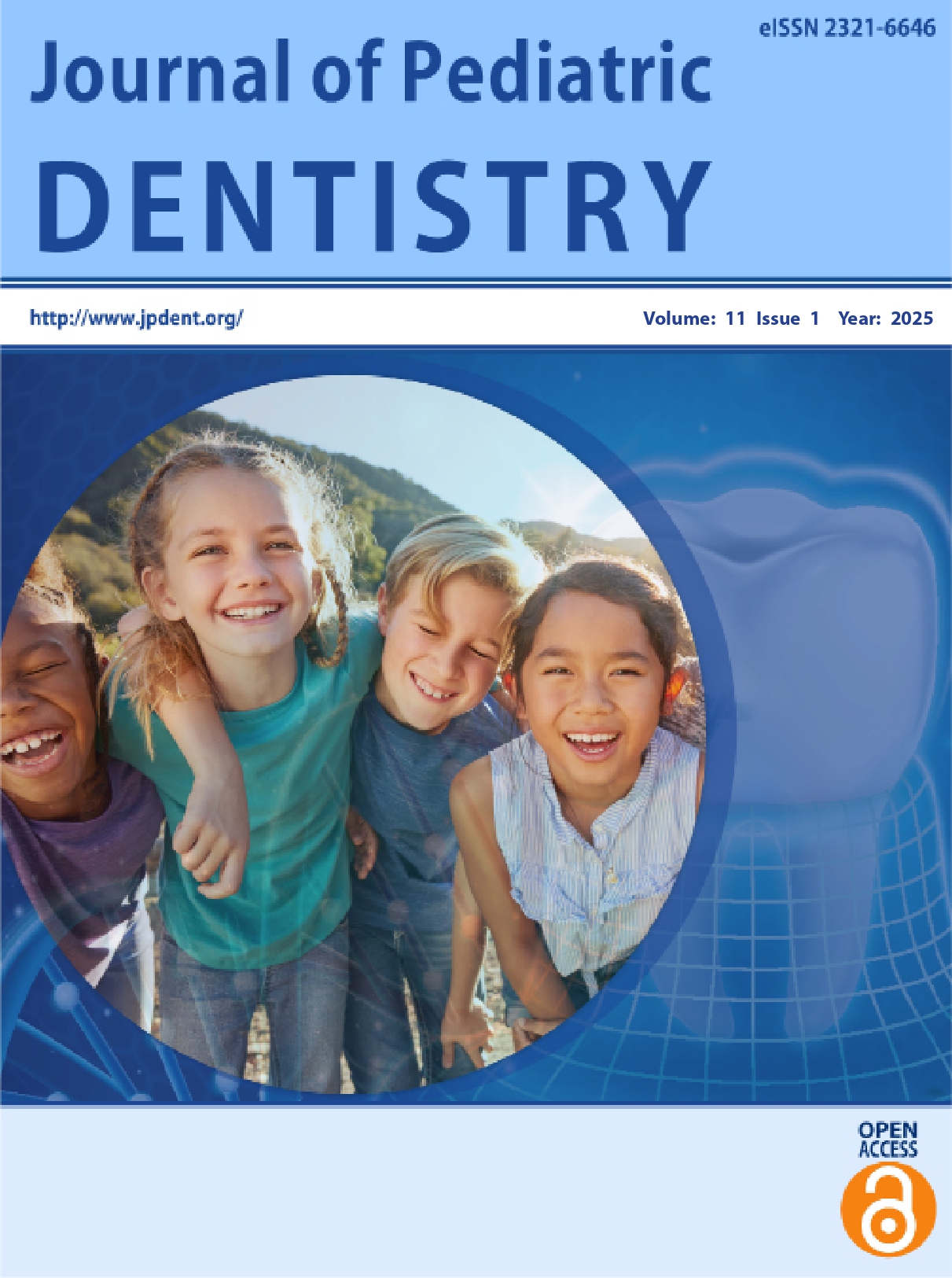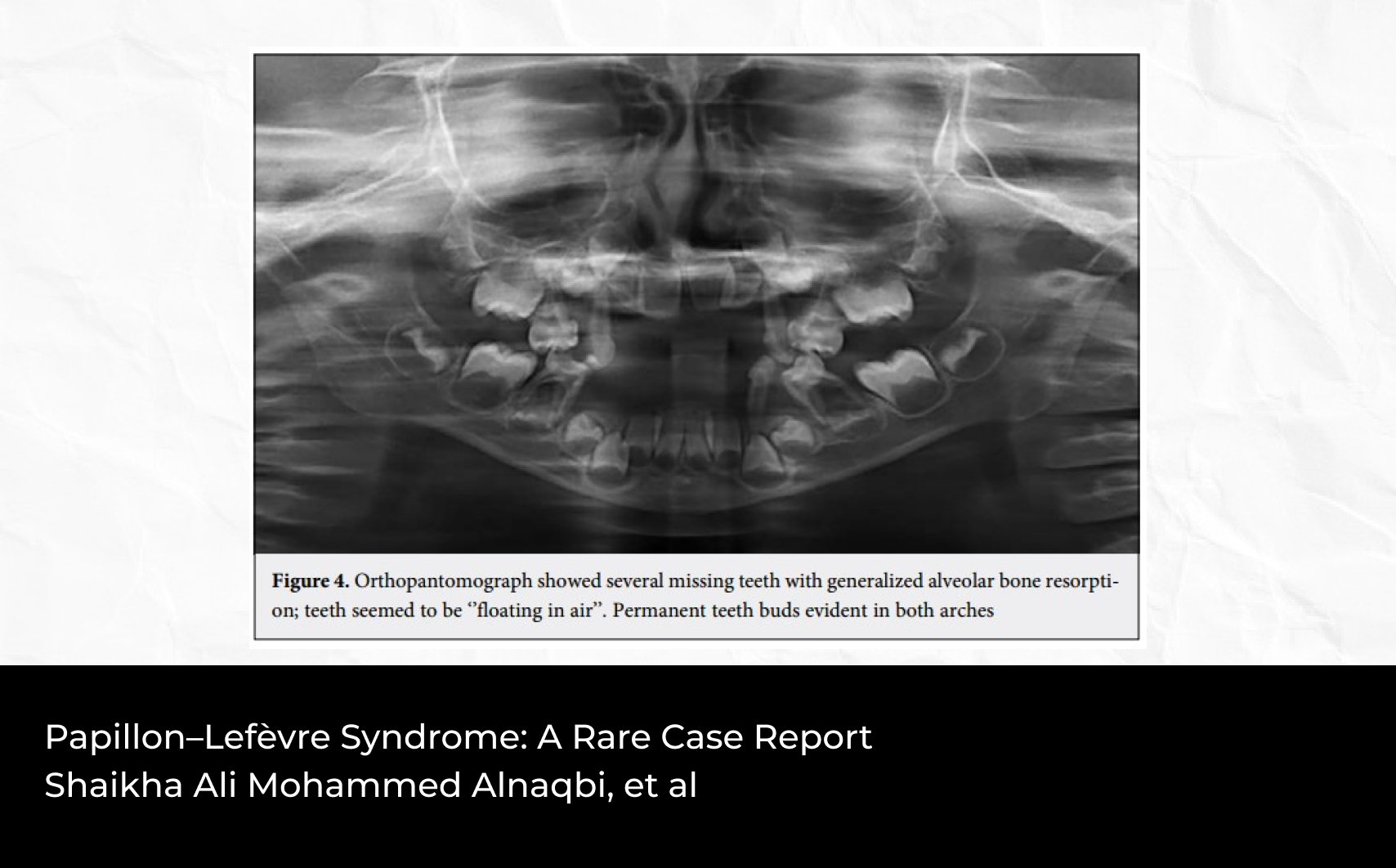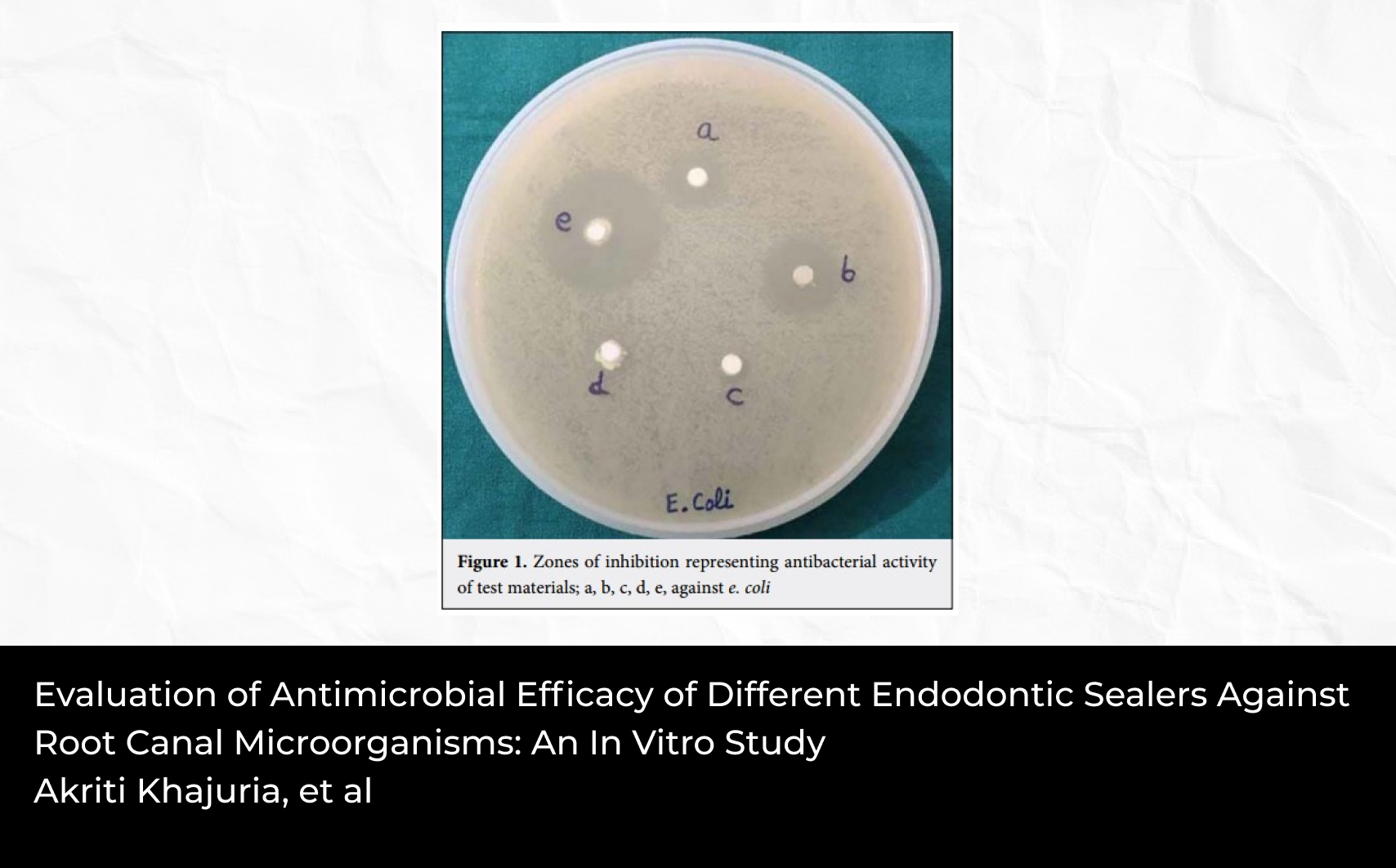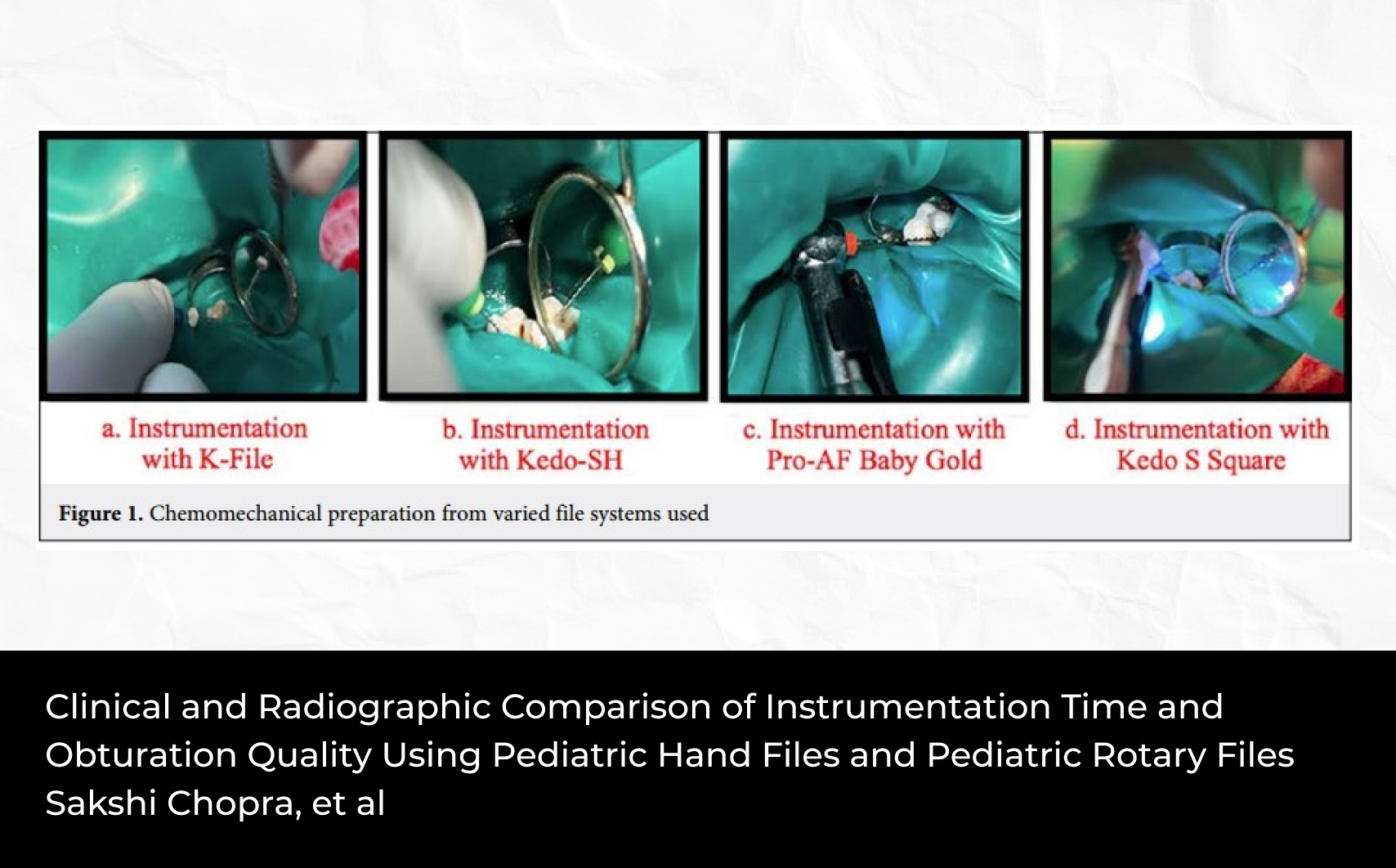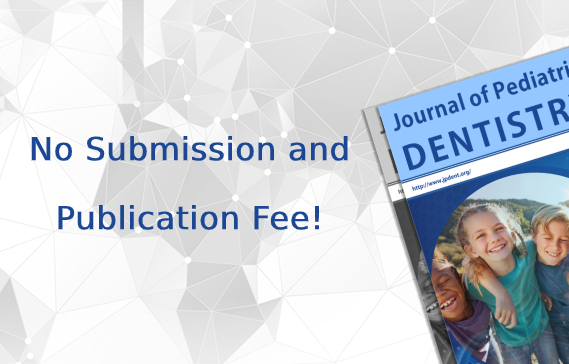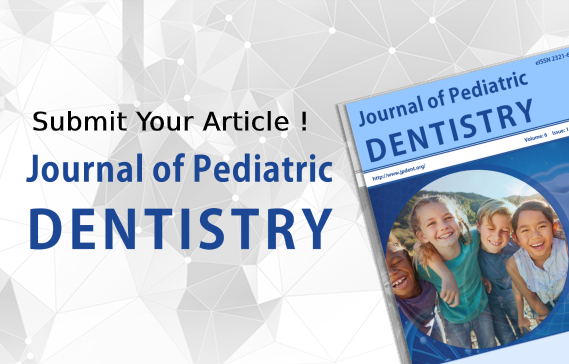2Centre of Paediatric Dentistry and Orthodontics Studies, Faculty of Dentistry, Universiti Teknologi MARA, Selangor, Malaysia
3Centre of Comprehensive Care Studies, Faculty of Dentistry, Universiti Teknologi MARA, Selangor, Malaysia
Abstract
Shovel-shaped incisors (SSIs) are teeth with thick marginal ridges adjacent a deep lingual fossa. Dens invaginatus (DI) is a malformation of teeth most likely causing from an infolding of the dental papilla during development of tooth. Protostylid is used for any additional cusps on the buccal surface of maxillary and mandibular premolars and molars. Morphological dental anomalies of the permanent teeth are seen to occur frequently; however, multiple anomalies in a single patient are relatively uncommon. A 19-year-old non-syndromic healthy Malay teenage girl who came for correction of misaligned teeth presented with an amalgamation of dental anomalies consists of SSIs and DI of the upper right lateral incisor, protostylid on bilateral upper maxillary molars, unilateral protostylid of right mandibular premolar, and Class III incisor relationship. The intraoral radiograph of tooth 12 revealed radiopaque invaginations from the palatal pits confined to the crowns of the teeth and there was no pulpal extension into the accessory cusp of both maxillary permanent second molars. The definitive treatment included sealing and build up the incisor DI tooth with composite, fissure sealant of deep fissure protostylid on bilateral maxillary second molars, close monitoring of the prostostylid on lower right premolar and fixed orthodontics appliance for the management of Class III incisor relationship. Early diagnosis, comprehensive treatment and regular follow-up are crucial to prevent any future consequences that may be associated with these dental anomalies.

